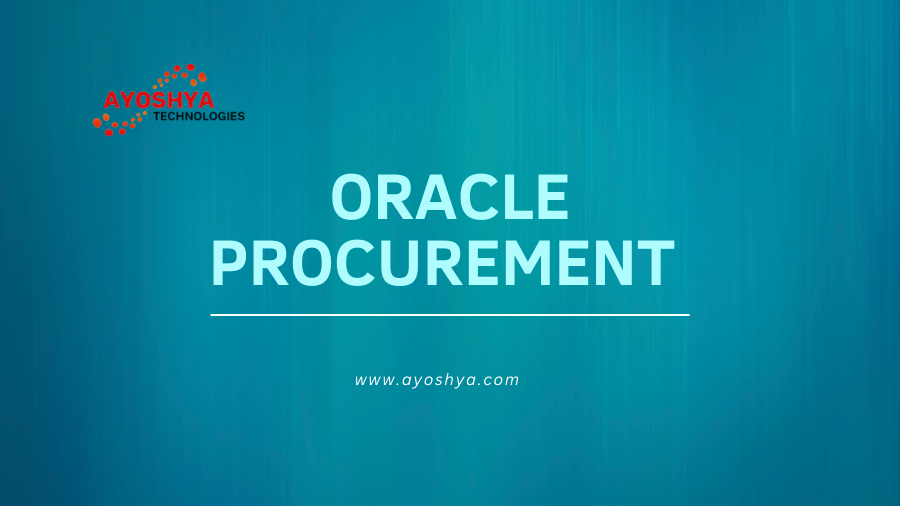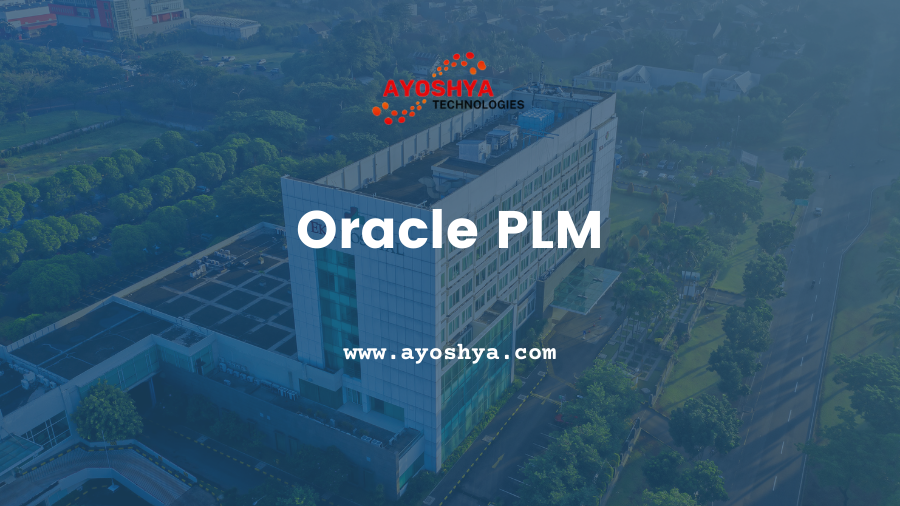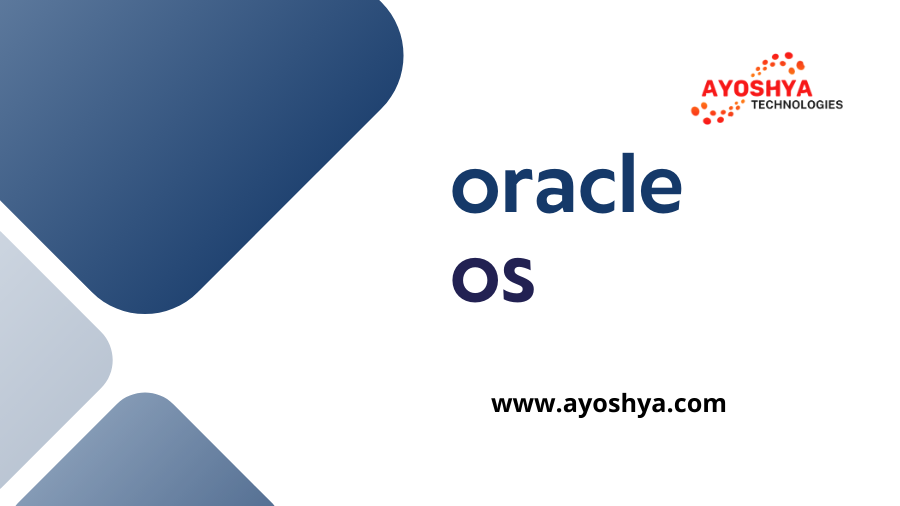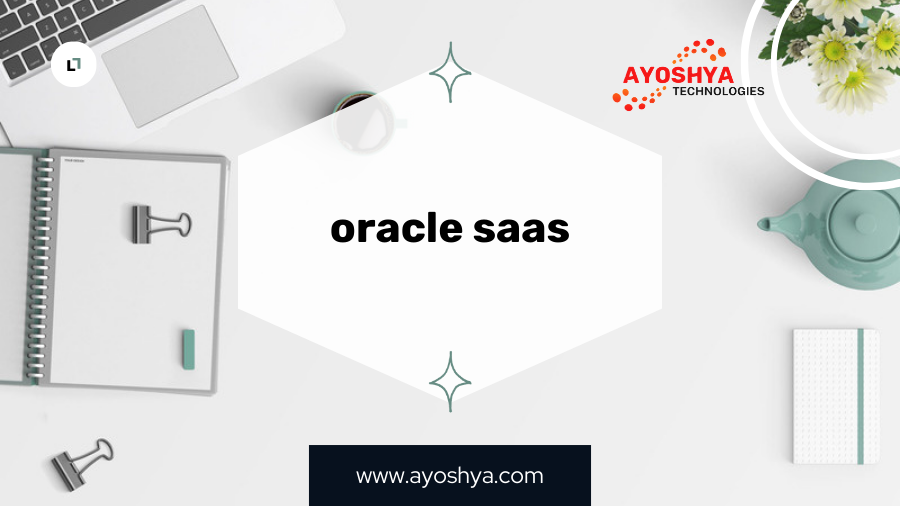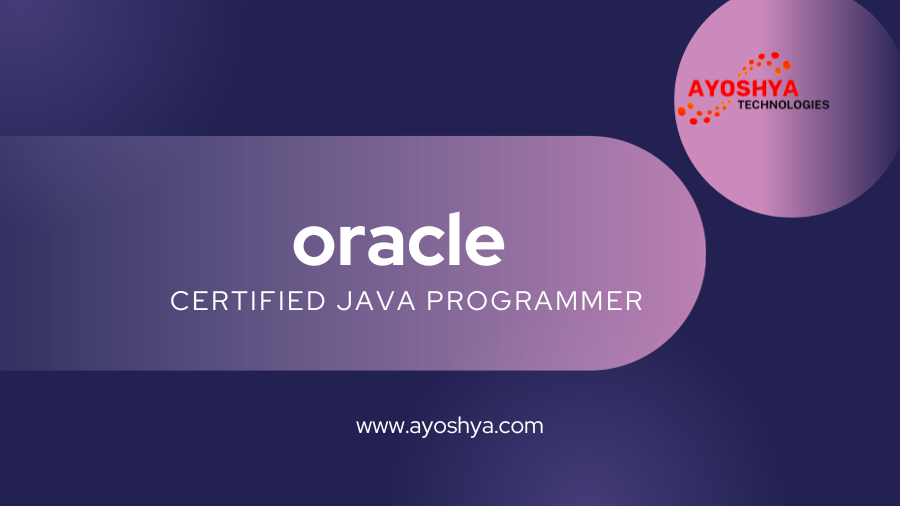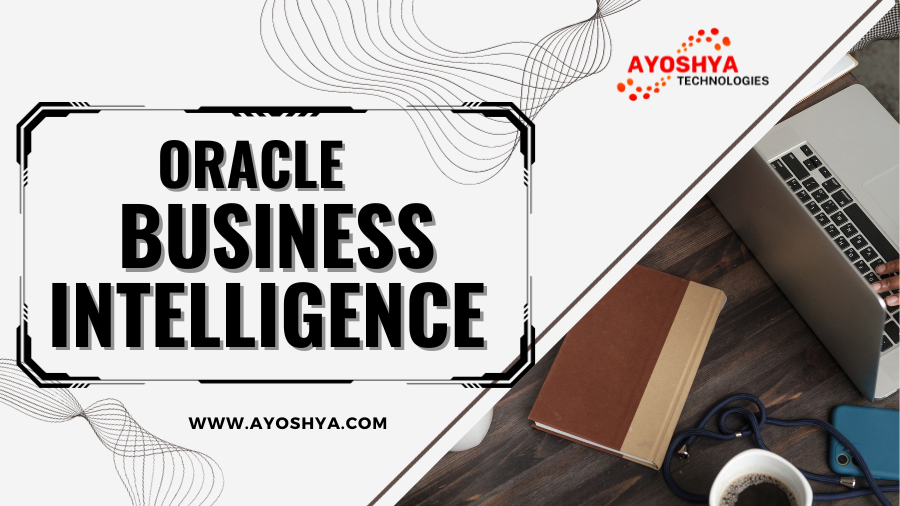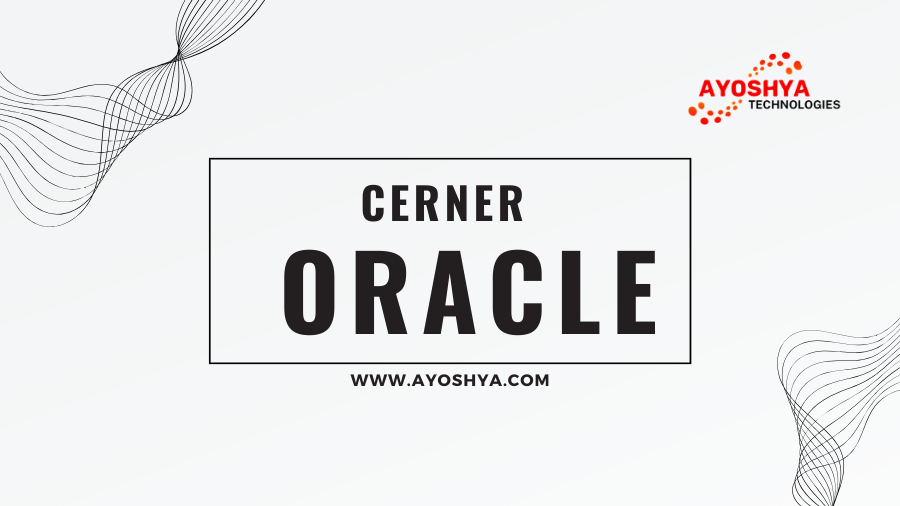A Deep Dive into Oracle Procurement Solutions
In the ever-evolving landscape of business operations, procurement stands out as a critical function that directly impacts cost, efficiency, and overall business success. Oracle recognizes this and presents a comprehensive suite of procurement solutions designed to streamline processes, drive savings, and enhance collaboration.
The Crucial Role of Procurement in Business
Before delving into the intricacies of Procurement, it’s vital to understand the pivotal role procurement plays in business success. Procurement is not just about buying goods and services; it’s about strategic decision-making that influences the financial health of an organization.
Core Features and Functionality of Oracle Procurement
It is more than a software solution; it’s a strategic approach to procurement. From requisition to payment, Procurement covers the entire procure-to-pay process, offering features that enable organizations to make informed decisions and optimize their procurement operations.
Driving Cost Efficiency and Savings
A key advantage of Procurement is its ability to drive cost efficiency and savings. Through advanced analytics and automation, businesses can identify cost-saving opportunities, negotiate better deals with suppliers, and ultimately enhance their bottom line.
Seamless Integration into Existing Systems
Implementing Procurement doesn’t mean a complete overhaul of existing systems. This section explores how Procurement seamlessly integrates into a company’s existing infrastructure, minimizing disruption and maximizing efficiency.
User-Friendly Design for Intuitive Procurement
Navigating Procurement is a breeze, thanks to its user-friendly design. This section highlights the intuitive user interface and explores key functions and shortcuts, ensuring that users can optimize their procurement processes with minimal training.
Ensuring Data Security and Compliance
Data security and compliance are non-negotiable in procurement processes. Procurement implements robust security measures to safeguard sensitive information, ensuring compliance with industry standards and regulations.
Comparative Analysis of Oracle Procurement Solutions
How does Procurement compare to traditional procurement systems? This section provides a comparative analysis, shedding light on the advantages of embracing modern procurement solutions over traditional methods.
Oracle’s Commitment to Continuous Innovation
In the fast-paced world of business, innovation is key. Oracle remains committed to continuous innovation in procurement technology, ensuring that businesses leveraging Procurement are equipped with the latest advancements.
Real-World Experiences from Businesses Implementing Procurement
What better way to understand the impact of Procurement than through the experiences of businesses? Real-world testimonials provide insights into the practical benefits and challenges faced during implementation.
Conclusion
In conclusion, Oracle Procurement emerges as a powerful solution for businesses aiming to optimize their procurement operations. By leveraging advanced features, ensuring data security, and fostering collaboration, Procurement empowers businesses for future-ready procurement.
Frequently Asked Questions
1. Can Oracle Procurement be customized to fit the specific needs of my business?
- Yes, Oracle Procurement offers customization options, allowing businesses to tailor the solution to their unique procurement requirements.
2. How does Oracle Procurement drive cost efficiency in procurement processes?
- Oracle Procurement uses advanced analytics and automation to identify cost-saving opportunities, negotiate better deals with suppliers, and optimize overall procurement costs.
3. Is it suitable for businesses of all sizes?
- Yes, It is designed to cater to businesses of all sizes, from small enterprises to large corporations.
4. How does it ensure data security in procurement processes?
- Oracle Procurement implements robust security measures to safeguard sensitive information, ensuring data integrity and compliance with industry regulations.
5. Can it be integrated with other enterprise systems?
- Yes, It is designed for seamless integration with other enterprise systems, facilitating collaboration and data sharing across various business functions.
You may be interested in:
How SAP Supports Supply Chain Management and Logistics



